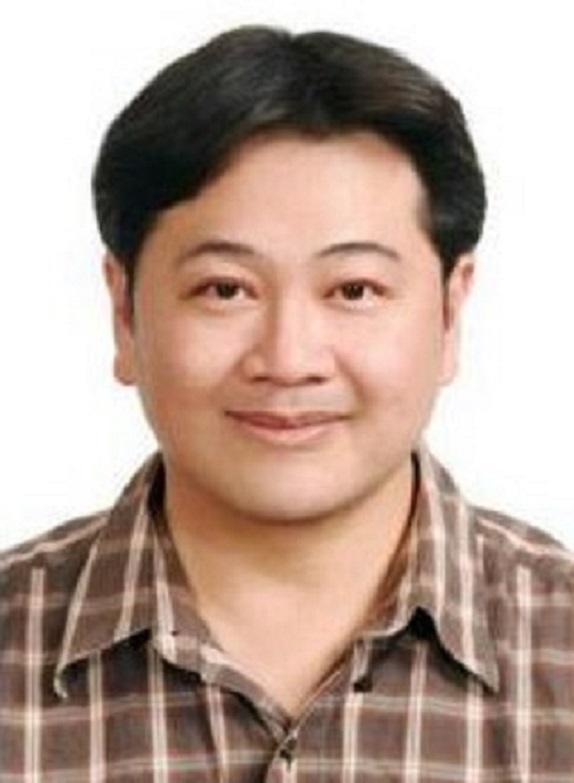
Dr. Mohamed ElSeify, P.ENG., Ph.D. Product Manager – AXISS Process & Pipeline Services Baker Hughes
Biography
Mohamed received his B.Sc. in Civil Engineering with stress on Structural Analysis/Design on July, 2000. He received his M.Sc in Structural Engineering stressing on Seismic Analysis of Concrete Framed Structures on March 2003. Mohamed got both his B.Sc. and M.Sc. from Cairo University in Egypt. Mohamed received his Ph.D. from University of Calgary in November 2010. Mohamed Ph.D. research stressed on developing load models to determine ice loads on offshore structures.
Mohamed acquired 7 years of experience managing research projects both in universities and engineering firms. He has over 20 years of experience in industry. During his 20 years of research/industry experience, he acquired the following positions:
• Structural Engineer
• Research Engineer
• Ice Engineer
• Project Manager
• Engineering Lead
• Technology Project Manager
• Product line Manager
Mohamed industrial background is diversified. He has worked in industrial, residential, oil and gas (offshore and onshore) engineering projects. Because of Mohamed’s diversified back ground in structural engineering, research, project management and business development, Baker Hughes has selected Mohamed to manage the development and commercial operations of the ILI Axial Strain Measurement Tool (AXISS™) since May 2014. In 2018 Mohamed has been assigned to be the AXISS Product line manager.
Session Information
Digitizing the Digital
Date: Friday May 13, 2022, Time: 11:00 am–12:00 pm , Location: Zoom Session
In 1990’s we all witnessed a technological revolution in communication that no doubt altered our lives, day-to-day workflow and enabled us to achieve more tasks during our work day. Currently, we are living the era of digital transformation which is another technology revolution that will have even bigger impact on our lives, work and economy. The three urging questions: is there a limit for digitizing a domain or task? when can we call a domain to be enough digitized? What is point beyond which digitization maybe considered non-beneficial?
In my opinion, digital transformation is expanding super fast to the extent we never answered the above questions. This presentation will discuss the above questions from the point of view of advancing In-line Inspection technology and pipeline risk management through advanced analytics of Big Data

Prof. Kai-Wei Chiang National Cheng Kung University
Biography
Dr. Kai-Wei Chiang is a full professor within the Department of Geomatics at National Cheng Kung University and also the Director (Principal Investigator) at the High Definition Maps Research Center in Taiwan. He has a PhD from the Department of Geomatics Engineering at the University of Calgary and also holds bachelor and master degrees in Geomatics Engineering from National Cheng Kung University (NCKU). He has 30 years experiences in Geomatics engineering, formerly known as surveying engineering. His expertise includes multi-sensor systems, mobile mapping systems, artificial intelligence for sensor fusion and their applications in mapping and geospatial information system. Since 2002, He has become an active member of USA’s Institute of Navigation (ION), which is considered the largest organization in positioning and navigation communities. In addition, he is the co-chair of ISPRS WG I/7 and IAG SC 4.2.
He was one of the few researchers to apply the idea of using AI to solve navigation problems during early 21 Century. Based on his novel research works and cumulative team efforts, Up to 2022, those graduates supervised by him have been awarded sixteen titles of ION GNSS’ best student paper awards consecutively. On top of that, he was awarded 2010 NSC Young Researcher Award (Dr. DY Wu Award) by National Science Council in Taiwan, 2011 NCKU Young Researcher Award (KT LI Award) in 2011, and Mobile Mapping Technology award in 2019.
Therefore, he is an internationally well recognized scholar in the development of mobile mapping systems for different platforms as well as advanced algorithms for sensor fusions for seamless manned and unmanned land vehicular and pedestrian navigation applications. Since 2018, He has been leading a team from NCKU to develop the three pillars including the Taiwan HD maps field practice guideline, Taiwan HD maps standards and format as well as Taiwan HD maps verification guideline for generating HD Maps to support the digital infrastructure to support official autonomous vehicle projects with official support from government sector in Taiwan. In addition, this team is also working closely with Nagoya University in Japan and MSC software Taiwan to develop HD Maps converter as well as HD maps automated production tool to increase the efficiency as well as flatten the cost curve for HD Maps production in Taiwan.
Session Information
Piloting Autonomous Vehicles with HD maps: Current Progress and Unsettled Problems
Date: Thursday May 26, 2022, Time: 9:00–10:10 am, Location: Zoom session
Current advanced driver-assistance systems (ADAS) and automated driving systems (ADS) rely on high-definition (HD) maps to enable a range of features and functions. These maps can be viewed as an additional sensor from an ADAS or ADS perspective as they impact overall system confidence, reduce system computational resource needs, help improve comfort and convenience, and ultimately contribute to system safety. However, HD mapping technology presents multiple challenges to relevant industries for coming years.
This talk aims at sharing the achievements gained from the establishment of HD maps ecosystem from scratch with the efforts from Ministry of Interior, Execute Yuan in Taiwan to support all the government funded autonomous vehicle pilot projects as well as addressing unsettled problems that need to be handled to reach the full potential of HD maps for ADAS and ADS technology and suggests some possible solutions. The key unsettled problems consist of the creation of ADAS and ADS HD map content that is timely, accurate, safe, and high fidelity:
- Initial map creation—economics and feasibility of scaling HD map creation worldwide
- Automated HD maps production engagement
- Map change detection and updates—how changes in map content are detected and how a map is updated
- Map safety levels—how map content and accuracy are validated in order to contribute to system safety
- Business model exploration
We acknowledge the support of the Natural Sciences and Engineering Research Council of Canada (NSERC).
Nous remercions le Conseil de recherches en sciences naturelles et en génie du Canada (CRSNG) de son soutien.
MMSS Group

